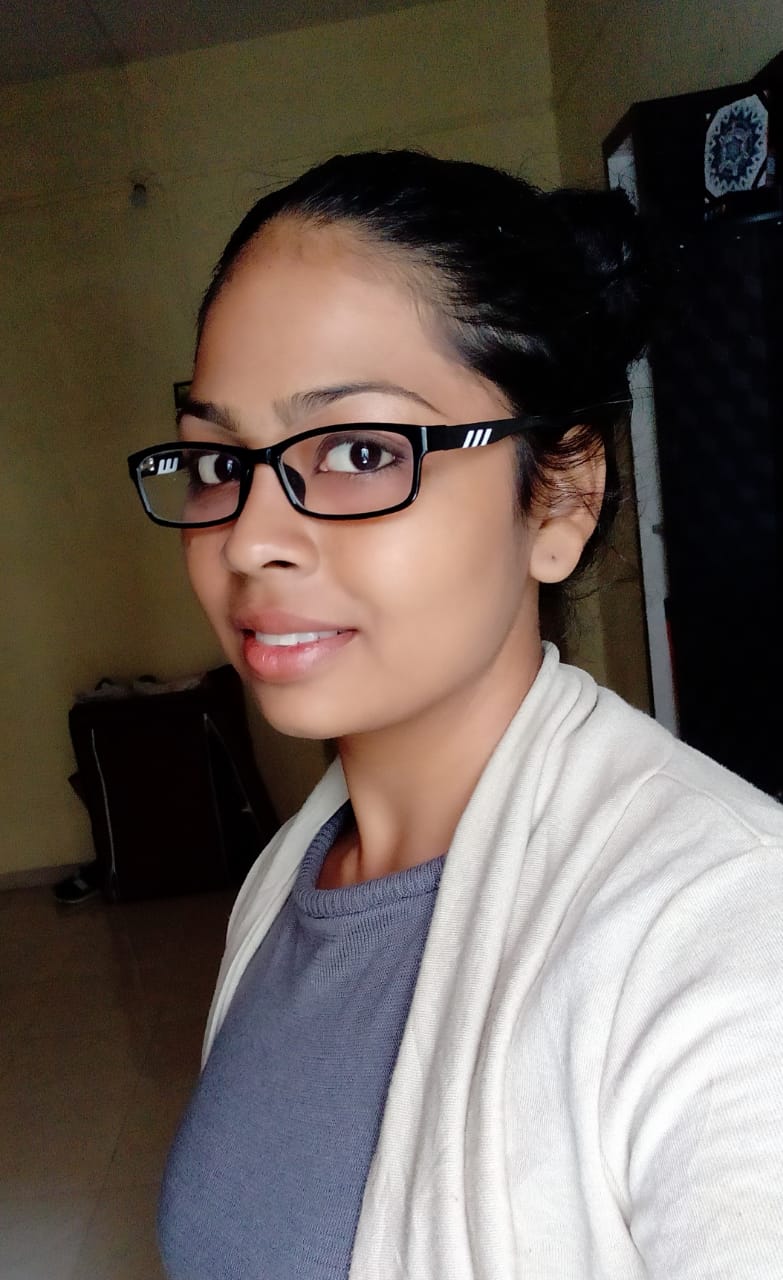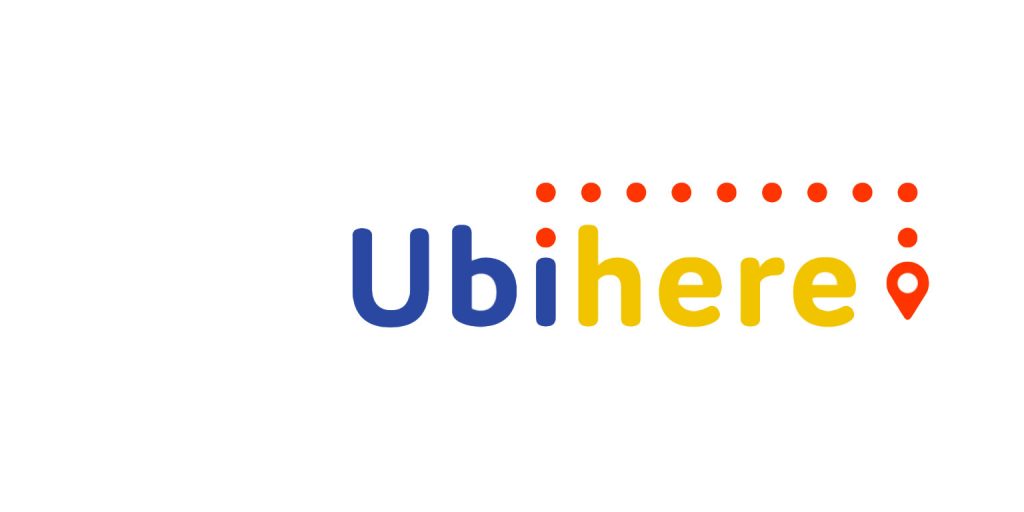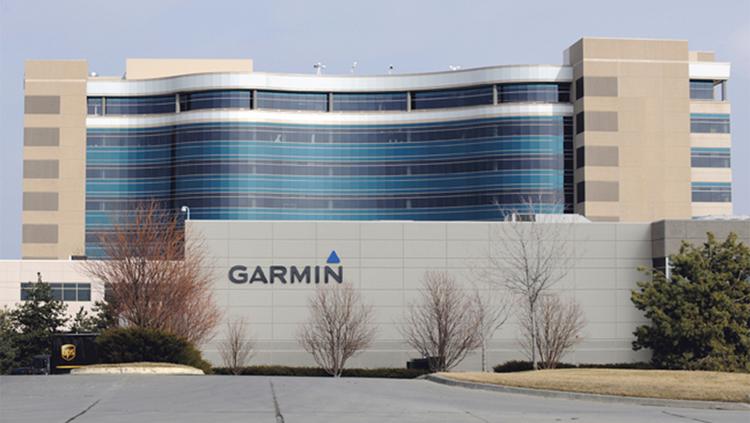Ubihere’s Latest Technology fills in for GPS indoors, making it an alternative for GPS-denied environments
Highlights:
1. For indoor and outdoor positioning, Ubihere has introduced a new 2D and 3D technology.
2. The company’s patented technology enabled real-time asset location and information without GPS.
3. Ubihere’s technology to provide the alternative for GPS-denied environments.
Ubihere has enabled a novel 2D and 3D tracking technology for indoor as well as outdoor positioning. This patented technology offers real-time asset location and information. However, GPS is not needed for the whole process. Thus, making it an alternative for GPS-denied environments. It will be launching in Hospitals and Retail Store so that the efficiency of these crowded places will maximize.
How does it work?
Basically, an anonymous Video Analysis Positioning Technology which is OSU patented is used by Ubihere’s system along with advanced machine learning and tag technology. The cameras, system tags, and software track assets to the centimeter. These assets then monitored through either anonymous video feed or tags. These tags are the same as the size of the credit card and non-RFID.
Ubihere’s vice president of business development Mr. Alice Hilliard explained, “The map for indoor environments can be generated from a building information model (BIM). Based on the building’s architecture, movement is tracked. In milliseconds it can hone in on an exact location within a centimeter”.
Depending on the preference of the customer, the location data is transmitted to either the server or the cloud. Then it is loaded into dashboards. However, it can be accessed from any device the client requests.
Now, if a tagged object leaves a building, it will continue to be tracked with or without GPS. In case, if the object stays within the building, no need to use GPS. The battery life of the device which ranges from 18-24 months can be shorten using GPS. Also, several floors, temperature, and usage affect battery life.
Alper Yilmaz- Inventor of the Technology
Alper Yilmaz, the inventor of the technology and geoinformatics professor of Ohio State University (OSU) researched how to geolocate undercover officers based on motion video information. He also considered astronauts on spacewalks.
However, OSU commended Alper to commercialize his technology, and Rev1 Ventures served as the incubator. Under Rev1’s portfolio, Ubihere launched in 2016 in Columbus in Ohio.
Tags to offer a way to calibrate location in Hospitals and Retail Stores
These tags are useful to calibrate locations in places such as hospitals and retail stores, where food cart tracking or devices through lead-lined walls enables these places to maximize their efficiency.
Hilliard says, “Imagine how many times a nurse or other caregivers go back and forth”. Also, he added, “By tracking how people and objects move around, we can help departments figure out opportunities to layout the floor better to allow the staff to save time and steps”.
Further, Hilliard informed that “With a blueprint loaded into the software the system knows whether a (tagged) IV pump went down the hall, turned left or right, entered an elevator, or was left in a patient’s room”.
Locations such as retail stores are the best places to install the cameras, enabling Ubihere to anonymously track a journey of the consumer. If the tag and camera used together, it can assist stores to determine whether a display is working, showing how many customers came into the shop, or how many looked at or touched items in a particular display. In the case of e-commerce, the behavior of costumers can be tracked automatically in real-time with Google Analytics and other SEO tools.
Where else it can be used?
Hilliard explained that “If you were in a factory or even a nuclear power plant, OSHA guidelines establish that you have to have two people in the control room at all times”. Possibly, other uses include emergency-response teams and factories.
He further said, “Periodically, OSHA is required to monitor if the power plant is following that protocol. Instead of having someone sit there and oversee the situation, we can use our camera technology to anonymously collect workers’ whereabouts, which can then be easily pulled from the cloud. For response teams, an equipment failure that makes it difficult to locate a team member could be overcome with the tag technology”.
Yilmaz said, “Ubihere’s machine-based algorithms can learn locations based on various types of sensors, detecting odors isn’t out of the question”. This machine-based learning algorithms utilize maps and sensors to provide a new way to accurately locate things or people in indoor situations where GPS can’t.
About Ubihere
It uses non-GPS reliant tracking technology with great appeal to myriad industries. As well, enabled enormous implications for healthcare, retail as well as the US Military. Ubihere has its roots in research by Alper Yilmaz’s Ohio State University lab that researched how to geolocate undercover officers based on motion video information and astronauts on spacewalks. Its patented advanced positioning analytics map-enabled real-time asset location and information without GPS. Earlier, the company worked with Converge Technologies.
Ubihere now exploring potential applications of its GPS-free tracking technology. Initially, beta tests will be conducted in the hospital as well as in retail environments. As per the reports, the company also has signed three projects with the U.S. Department of Defense.

Jayshri is an Electronics Engineer, but her passion towards writing made her to be in this field. Apart from content writing, she loves reading, writing and surfing on various topics. In her free time, she likes to watch TV series and news. Sherlock Holmes is her all time favorite show. Jayshri loves cooking various Indian-western dishes.


